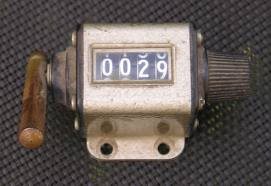I have a dilemma about this 12-BIT ASYNCHRONOUS BINARY COUNTER. In the datasheet is written : "A high level at the clear (CLR) input asynchronously clears the counter and resets all outputs low". Does it mean that as long as the CLR is on HIGH level the output gives all zeroes?
I need that all output bits go LOW on a rising edge of input signal which goes to the CLR pin...


